800 People are Now Hunting "Alligator-Eating" Pythons in Florida
Burmese pythons can grow up to 18 feet and hatch 100 eggs at a time.
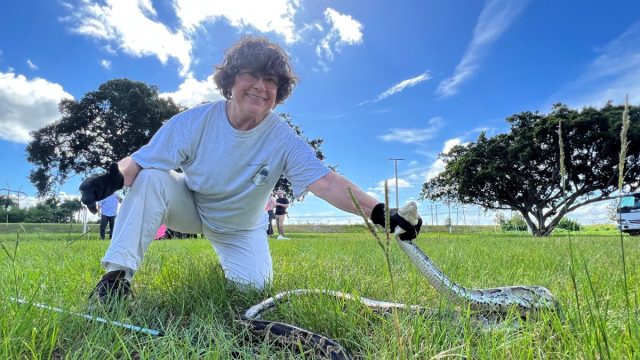
Over 800 participants are searching for Burmese pythons in Florida's Everglades, competing to win thousands of dollars in cash and help to relieve the National Park from these invasive snakes. "This is significant because every python removed is one less invasive species preying on our native birds, mammals, and reptiles," said Florida First Lady Casey DeSantis during the opening ceremony. Read on to learn more about the hunt, the prize, and how pythons and other invasive species are destroying U.S ecosystems.
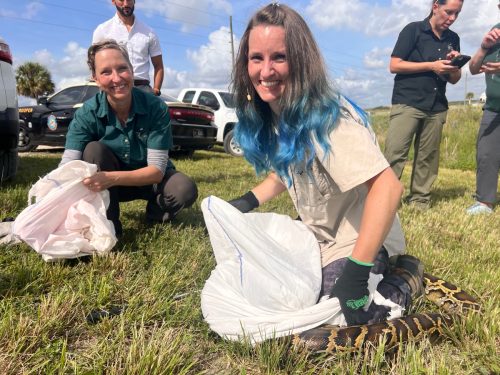
The Florida Python Challenge is an annual Burmese python removal competition designed to inspire people to take an active role in conserving the Florida Everglades. It started on Friday and will continue through Sunday, August 14.
Participants in both the professional and novice categories can win cash prizes of up to $2,500 for removing the most pythons. There are additional awards for the longest pythons removed in both categories. Pythons must be dead, and hunters will face disqualification if they kill them inhumanely or kill a native snake.
So far, the registered hunters represent 32 states and Canada. People interested in competing can still register through the final day of the competition, August 14, at FLPythonChallenge.org. There is a $25 registration fee and mandatory free online training.
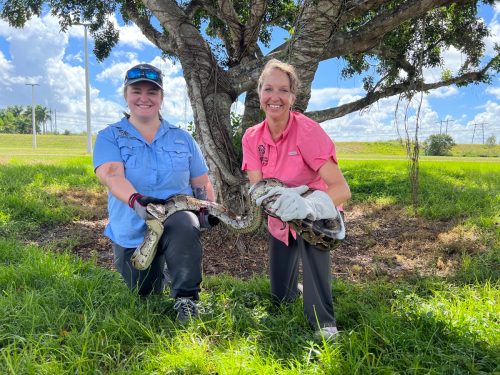
The Burmese python is a nonvenomous constrictor snake and one of the largest snakes in the world. Adult Burmese pythons caught in Florida growth between 6 ft and 2.7 9 ft. The largest Burmese captured in Florida measured over 18 ft in length. They are semi-aquatic and are often found near or in water.
Burmese pythons are tan in color with dark blotches along the back and sides. The blotches look like puzzle pieces or the markings on a giraffe. They have a pyramid-shaped head with a dark, arrowhead-shaped wedge extending toward the nose.
Coming from their native Asia, Burmese pythons were introduced to Florida via the pet trade, and they settled in the Everglades, where they threatened local ecosystem.
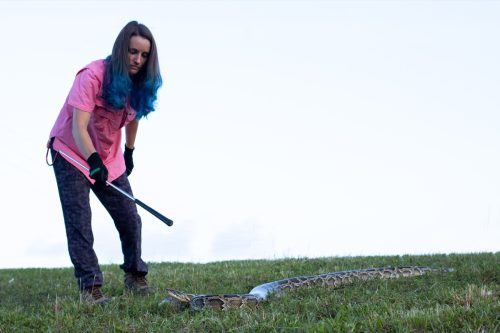
Because of their massive size, adult Burmese pythons have few predators (apart from the Python Challenge contesters). Without a natural enemy, pythons are spreading widely and prey upon native species and reducing their populations. They eat birds, mammals, and other reptiles even alligators. While pythons will eat common native species and nonnative species such as Norway rats, they can also consume threatened or endangered native species. For instance, pythons have eaten endangered Key Largo wood rats.
A female Burmese python may lay 50 to 100 eggs at a time, so it's not a surprise that since 2000, more than 17,000 Burmese pythons have been removed from Florida.
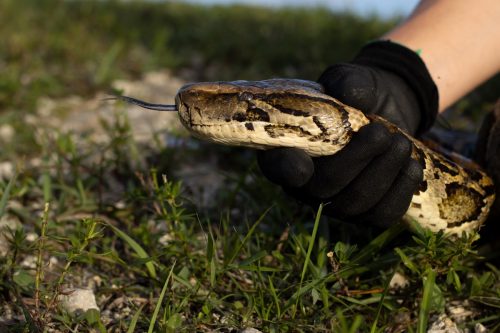
"This is the wildlife issue of our time for southern Florida," said Ian Bartoszek, wildlife biologist, and environmental science project manager for the conservancy's program. In June, Bartoszek himself hauled in the heaviest Burmese python ever captured in Florida.
The female python weighed in at 215 pounds, was nearly 18 feet long and had 122 developing eggs, the Conservancy of Southwest Florida said in a news release.
According to Bartoszek removal of female pythons plays a critical role in disrupting the breeding cycle.
Scientists have found dozens of white-tailed deer inside Burmese pythons. Data researchers at the University of Florida have documented 24 species of mammals, 47 species of birds and 2 reptile species from pythons' stomachs.
RELATED: Cats Love You When You Hate Them, New Study Reveals
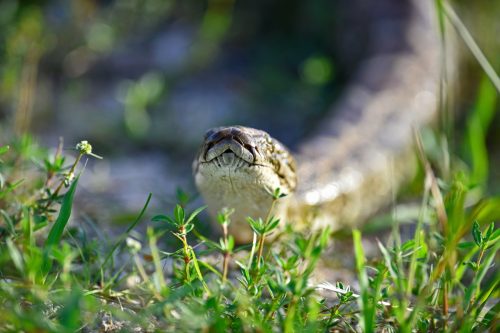
The Burmese python is just one example of a global cause by the expansion of interconinental trade. "Some species, such as frogs and iguanas, are shipped away from their native lands as exotic pets. Others, like spiders and beetles, hitch rides in packages and crates carrying products," US Today reports." In the United States, more than 6,500 nonnative species have been identified, costing an estimated $100 billion in economic damage every year, according to a 2005 study cited on a U.S. Geological Survey website, the most recent estimate available," newspaper warns.
Only frogs, lizards and other amphibians and reptiles living in places they don't belong cost the world at least $17 billion between 1986 and 2020, a group of international researchers concluded in a new study. It's time to take matters into our hands, one snake at a time.














